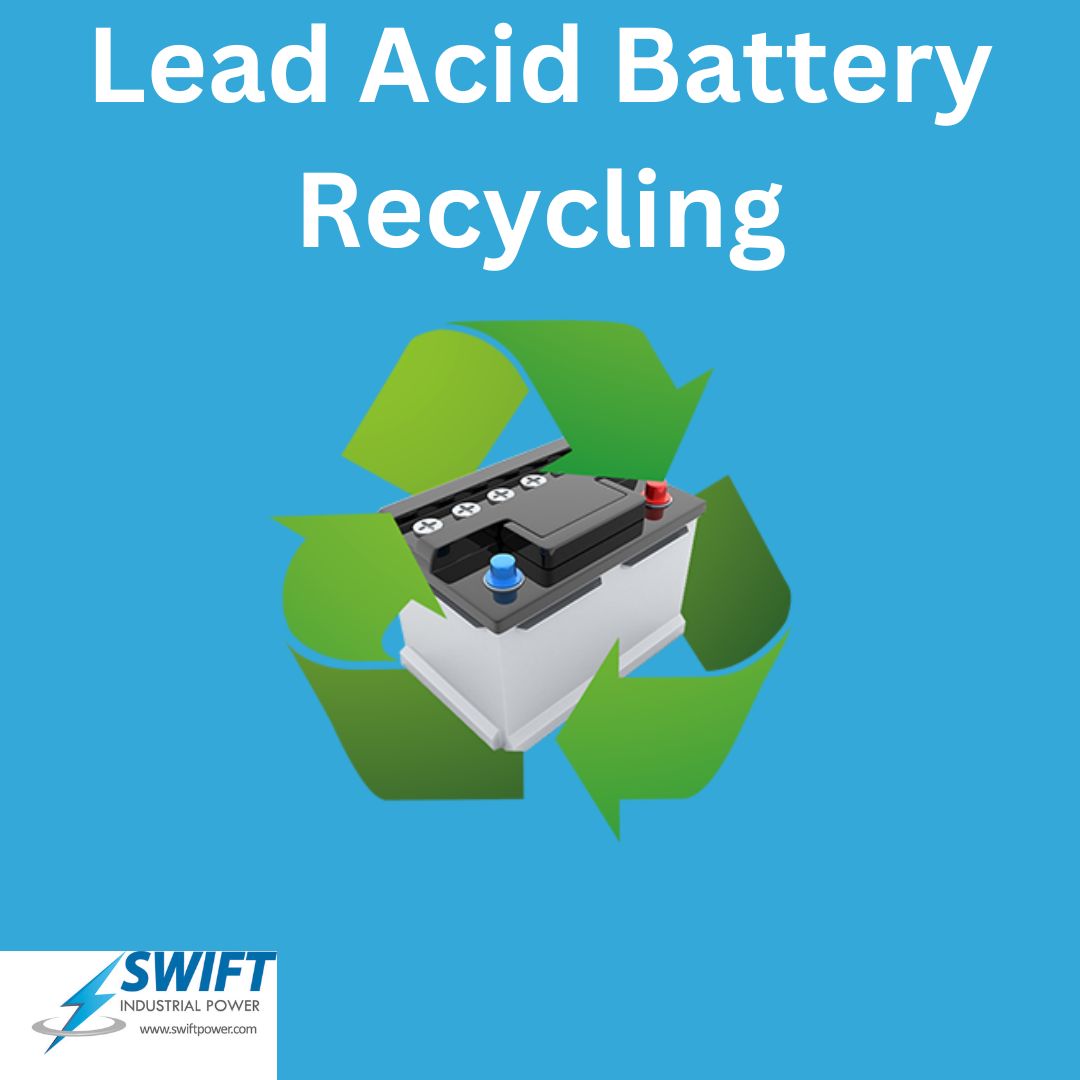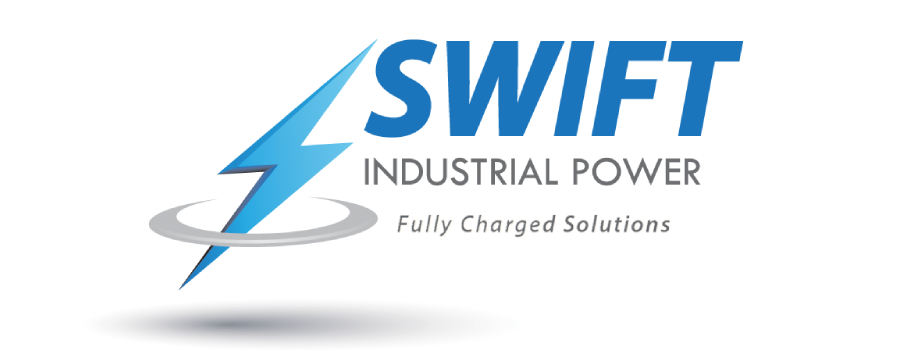Unveiling the Process of Lead Acid Battery Recycling
Lead acid batteries stand as a prime example of sustainable recycling practices in the USA, boasting an impressive recycling rate of over 99%, according to a National Recycling Rate Study. This feat is achieved by reclaiming the primary components of lead acid batteries, namely plastic, acid, and lead, to forge new batteries and mitigate environmental impact.
The intricate process of lead acid battery recycling commences with the batteries being disassembled in a hammer mill. Subsequently, the resulting pieces are segregated for individual recycling treatments. The plastic components are reprocessed into pellets, ready to be molded into fresh battery casings. Meanwhile, the lead undergoes thorough cleaning before being melted and molded into new lead plates and other essential battery components. The sulfuric acid, a key component of lead acid batteries, is neutralized back into water, then subjected to stringent treatment and testing to ensure compliance with clean water standards before being safely released into the public sewer system.
At Swift Industrial Power, we uphold the highest environmental standards by utilizing EPA Approved Smelters to recycle our customers’ old lead acid batteries. Upon completion of the recycling process, we provide our customers with a Death Certificate, offering the assurance that their old equipment has been handled with the utmost care and responsibility.
For all your battery needs, Swift Industrial Power is your trusted partner in sustainable energy solutions. Contact us today to learn more about our comprehensive battery services and environmentally conscious approach to lead acid battery recycling.
To gain deeper insights into the lead acid battery recycling process, we invite you to watch this informative video by the Battery Council International (BCI).

